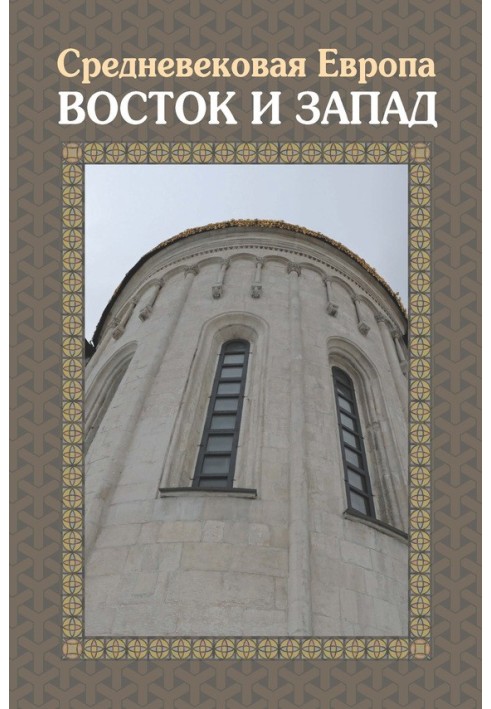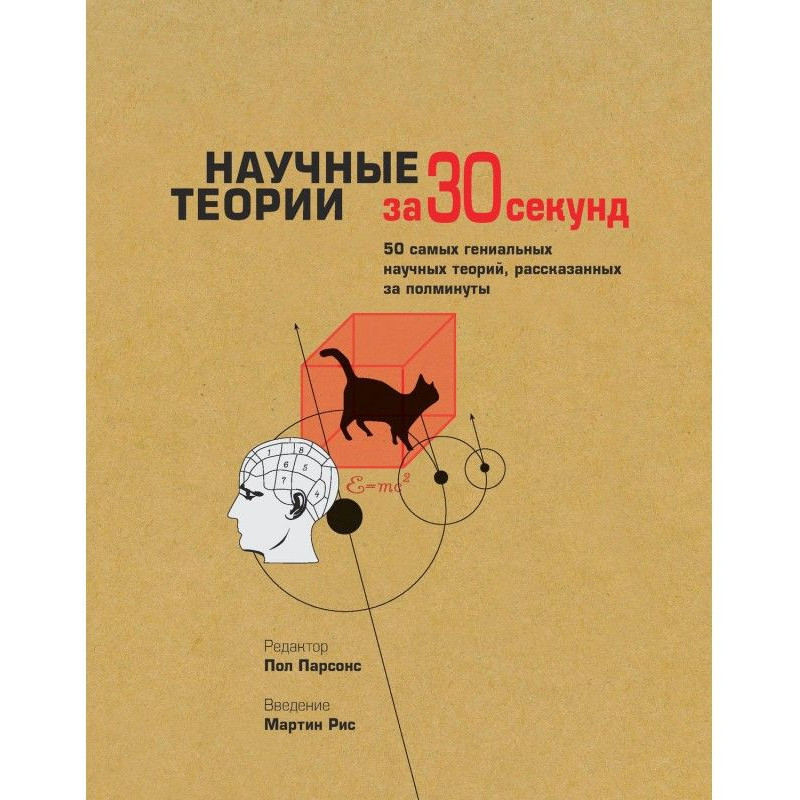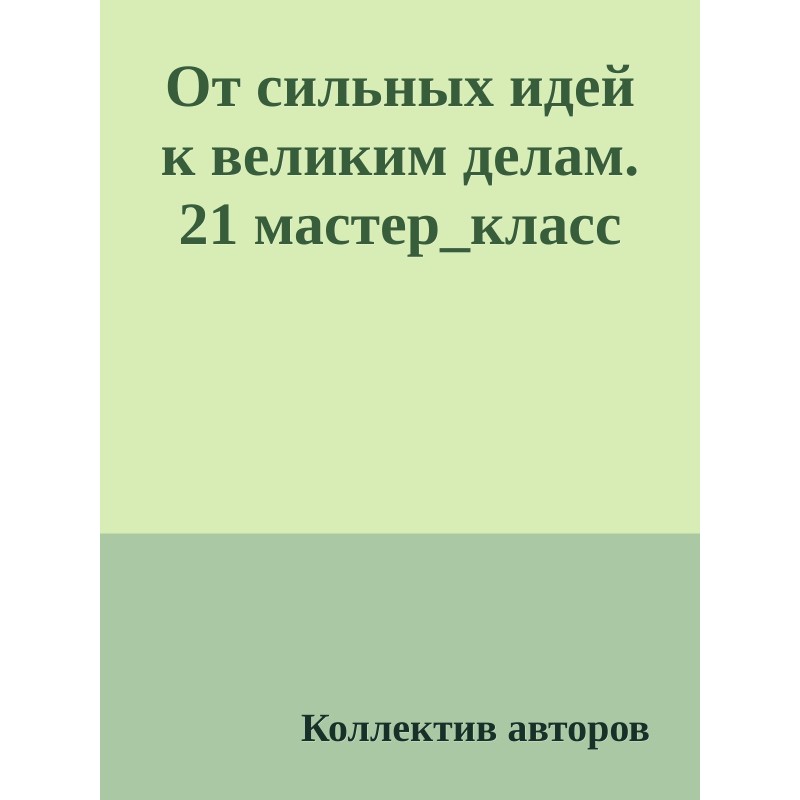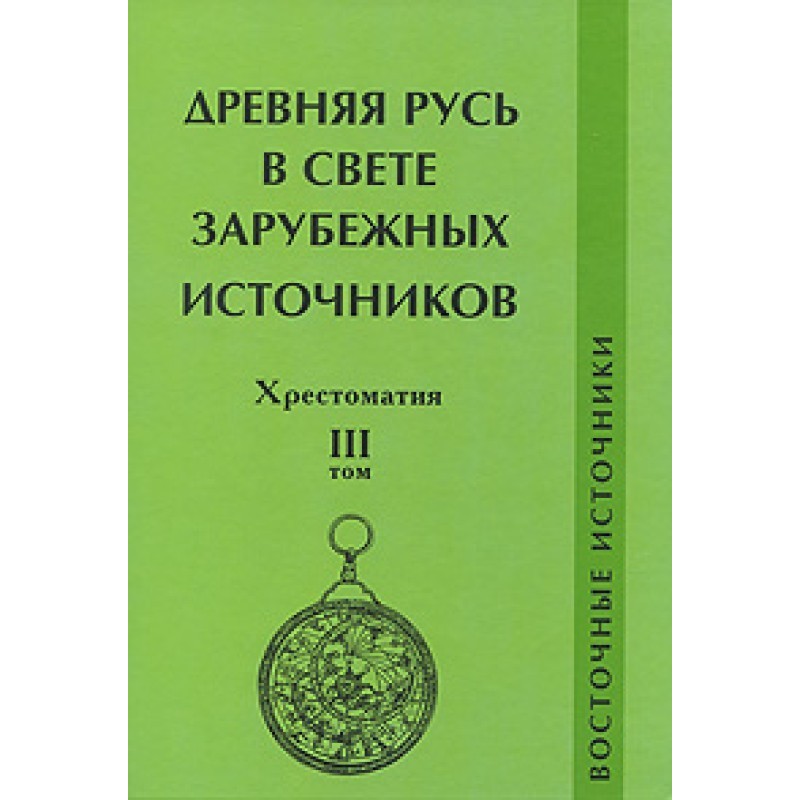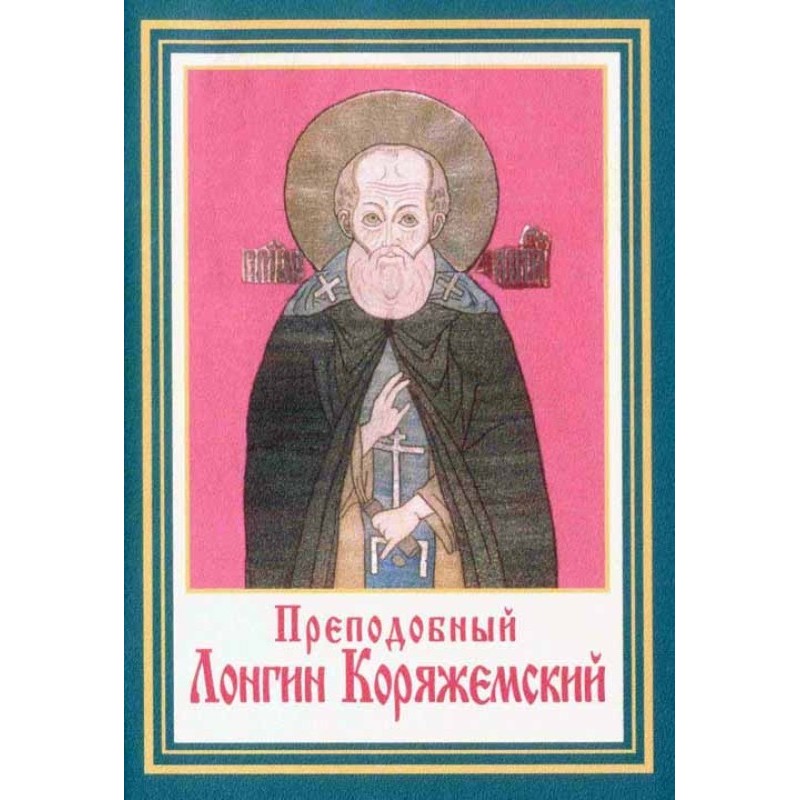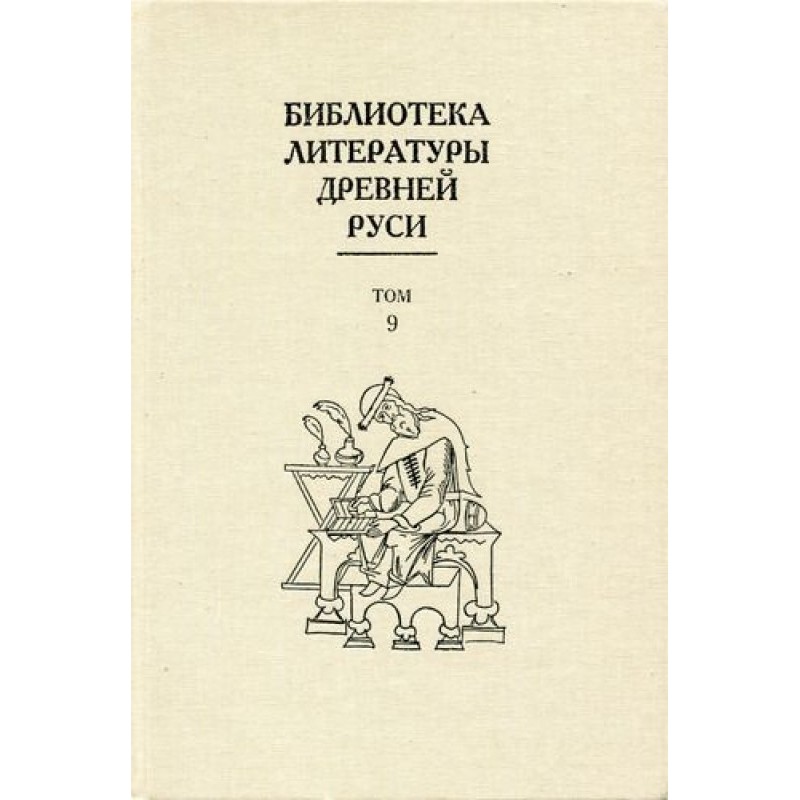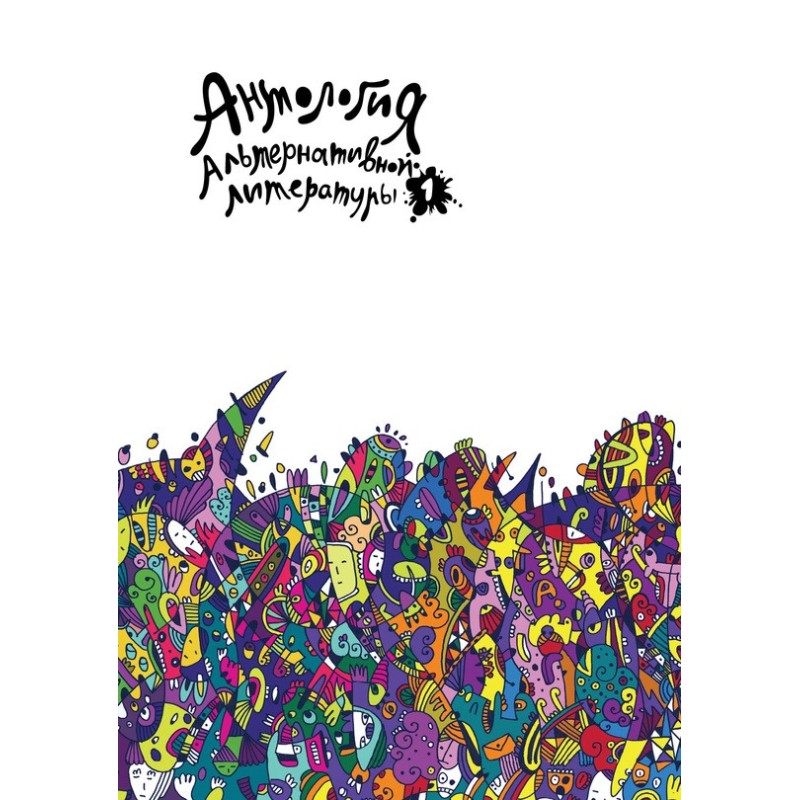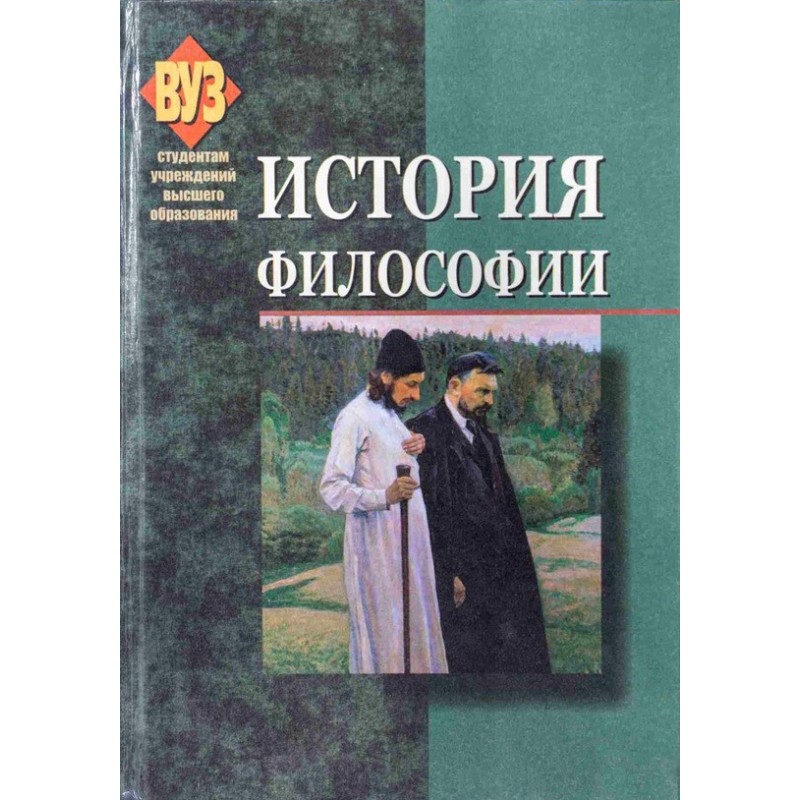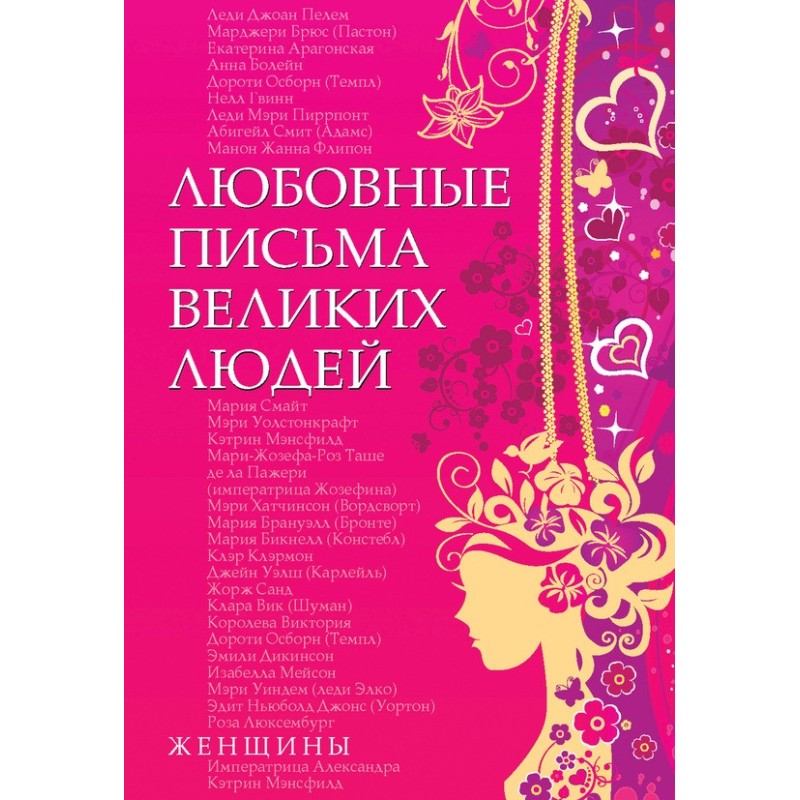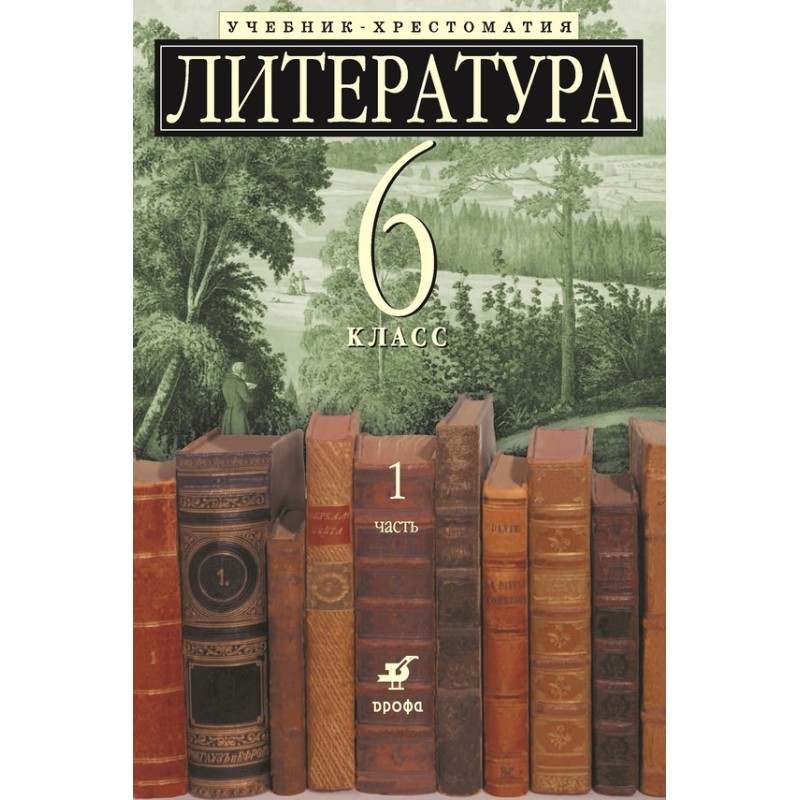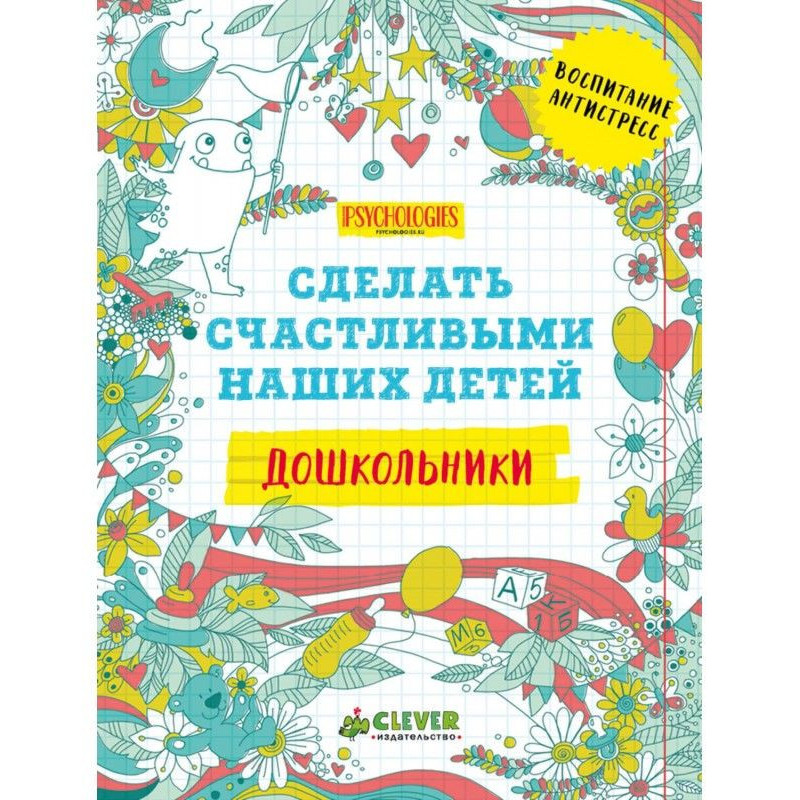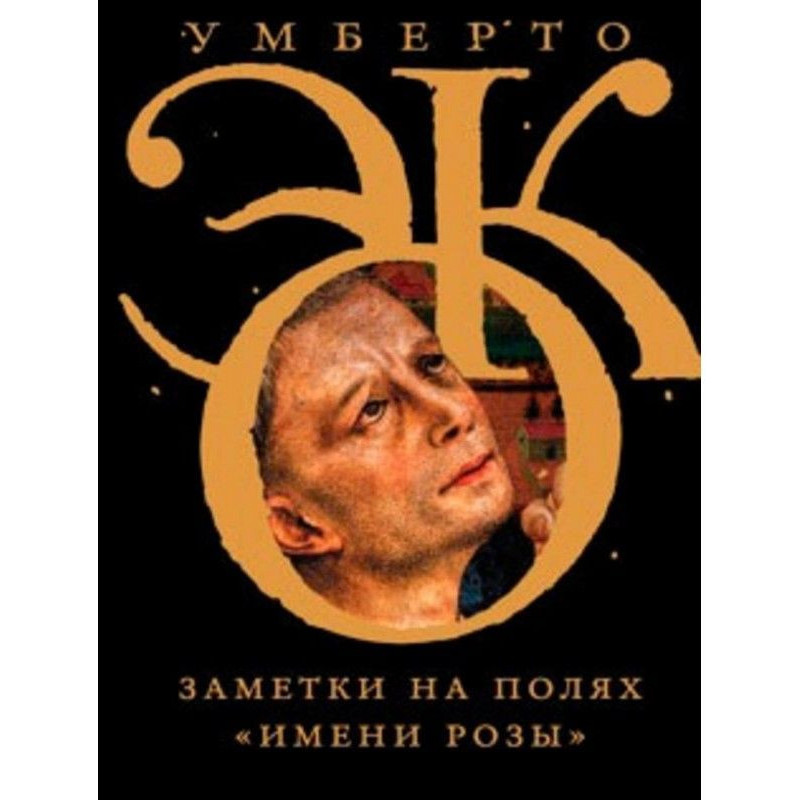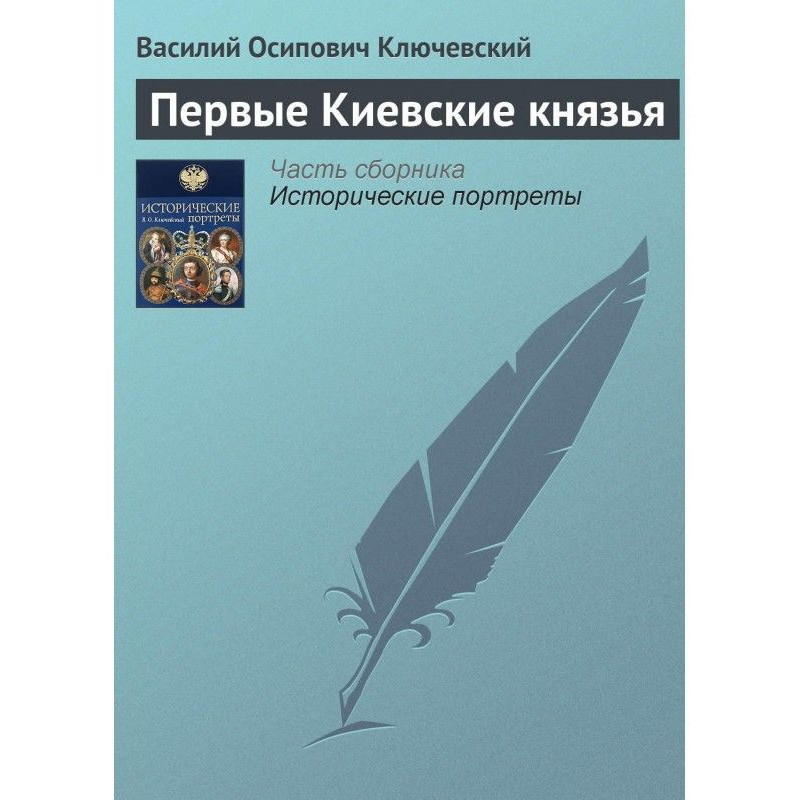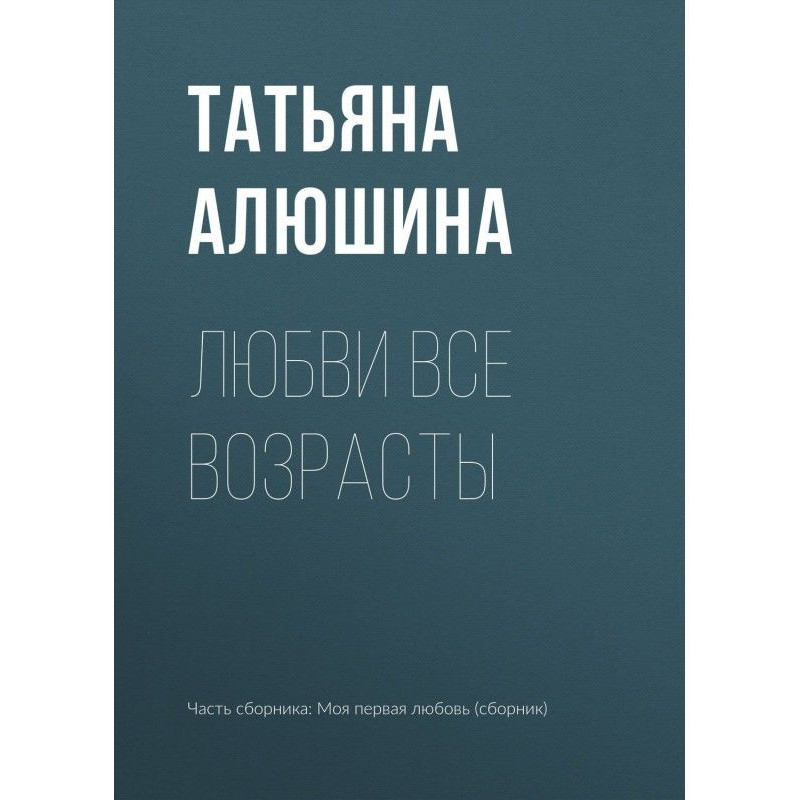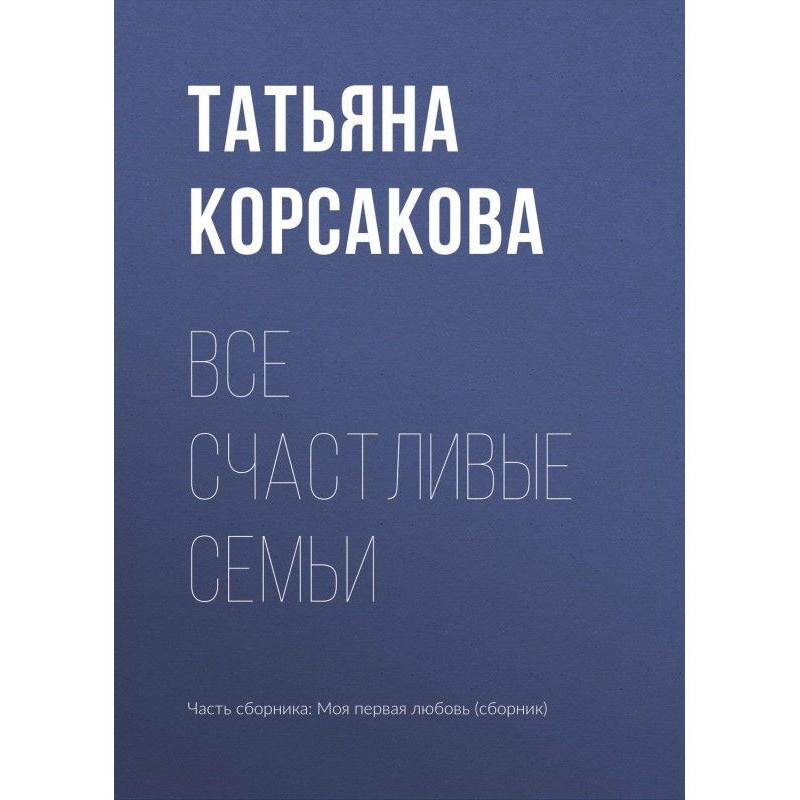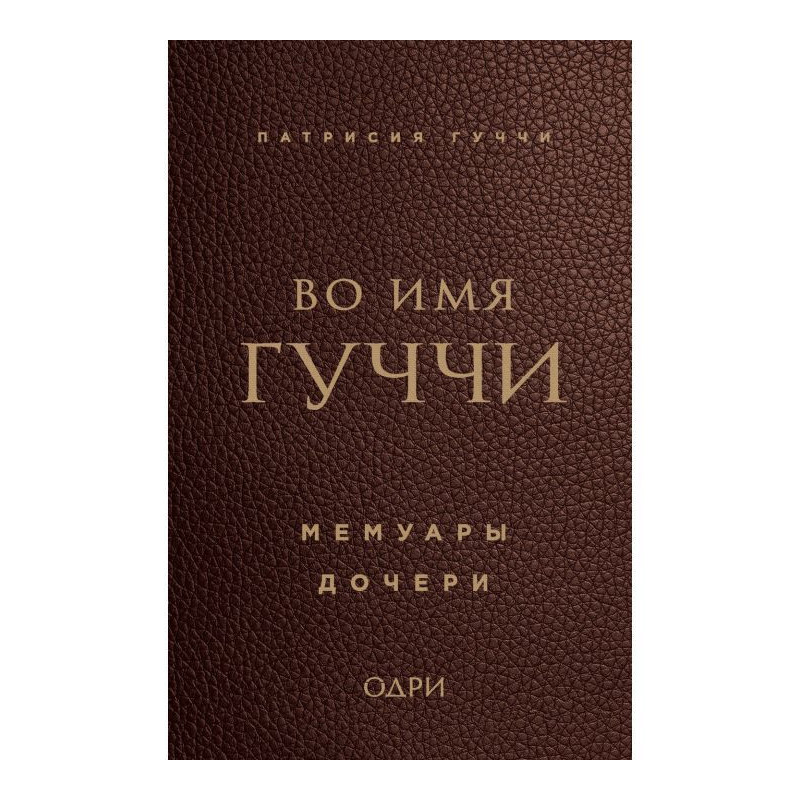Medieval Europe. East and West
 Instant download
Instant download
after payment (24/7)
 Wide range of formats
Wide range of formats
(for all gadgets)
 Full book
Full book
(including for Apple and Android)
The collective scientific work “Medieval Europe: East and West” opens a series of publications by the Laboratory of Medieval Studies at the National Research University Higher School of Economics, dedicated to the eternal and at the same time inexhaustible topic of domestic medieval studies: the relationship between the Latin West of the European subcontinent and the Orthodox (and partly Muslim) East. From the endless variety of possible subjects, only those that have not yet been deeply studied have been selected for this publication. Firstly, marriage strategies and naming strategies are analyzed among the ruling elite of different societies of Northern and Eastern Europe - from Scandinavia to Georgia. Secondly, the circulation of texts and ideas in the Mediterranean region is traced using the example of the distribution of genuine and imaginary works of Aristotle. Thirdly, a comparison is made of the models of attitude towards non-believers developed in the Latin West and the Orthodox East. Fourthly, it analyzes the ambassadorial ceremonies (and their descriptions by interested witnesses) at the meeting of representatives of the East and the West in 1576. And finally, in conclusion, it shows how classical Russian medieval studies of the 19th–20th centuries. itself took shape in the course of understanding the question of the historical relationship between the East and West of Europe. For historians, philologists, religious scholars and political scientists.
Data sheet
- Name of the Author
- Collective of authors
- Language
- Ukrainian
- Release date
- 2015
Reviews
Вражаюче дослідження середньовічної історії!
Книга «Середньовічна Європа: Схід і Захід» є справжнім науковим досягненням, яке відкриває нові горизонти для розуміння взаємовідносин між різними культурами в середньовічний період. Колективна праця авторів вражає глибиною аналізу та різноманіттям тем, які охоплюються. Особливо цікавою є частина, що стосується шлюбних стратегій правлячої еліти, адже вона дозволяє зрозуміти, як політичні альянси формувалися через особисті зв'язки. Циркуляція текстів та ідей, зокрема, пов'язана з філософською спадщиною Аристотеля, додає ще більше контексту до розуміння інтелектуального обміну між Сходом і Заходом. Аналіз посольських церемоній 1576 року та ставлення до іновірців також є важливими аспектами, які підкреслюють складність міжкультурних контактів. Хоча переклад тексту за допомогою штучного інтелекту має свої недоліки, загальна якість видання вражає. Ця книга стане безцінним ресурсом для істориків, філологів, релігієзнавців та всіх, хто цікавиться середньовічною історією. Рекомендую всім, хто прагне глибше зрозуміти цю складну епоху!

